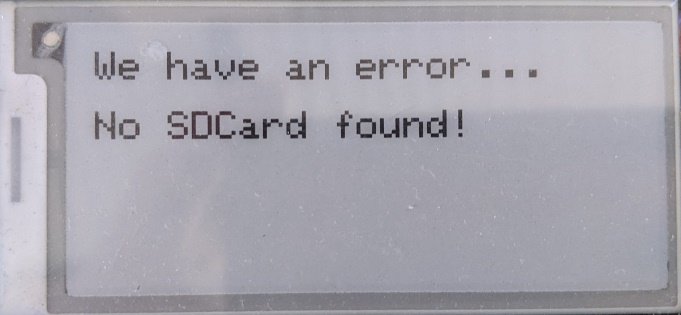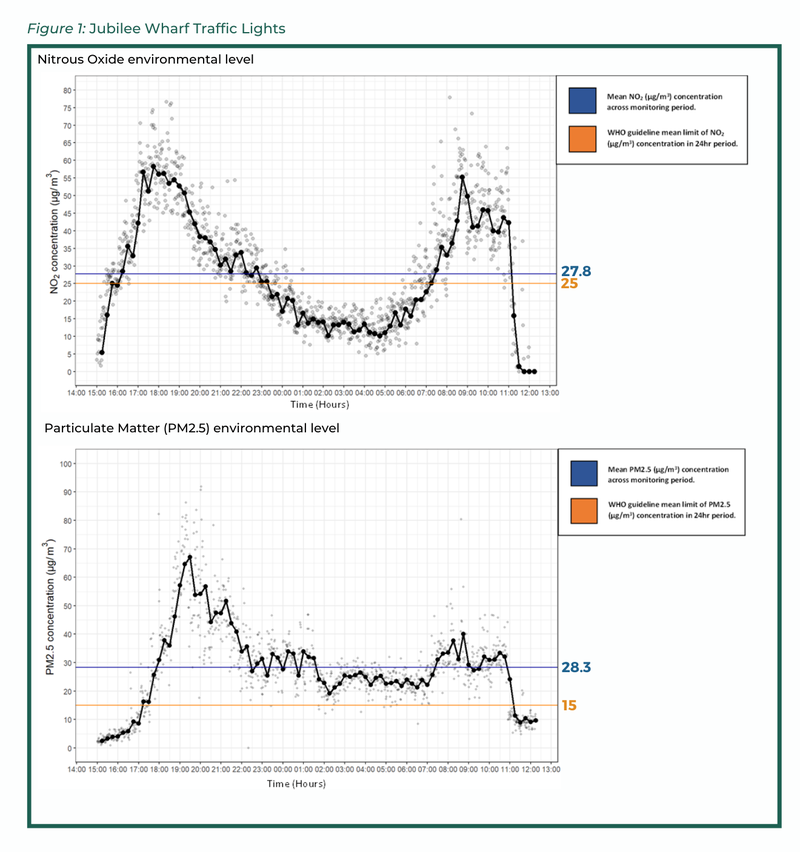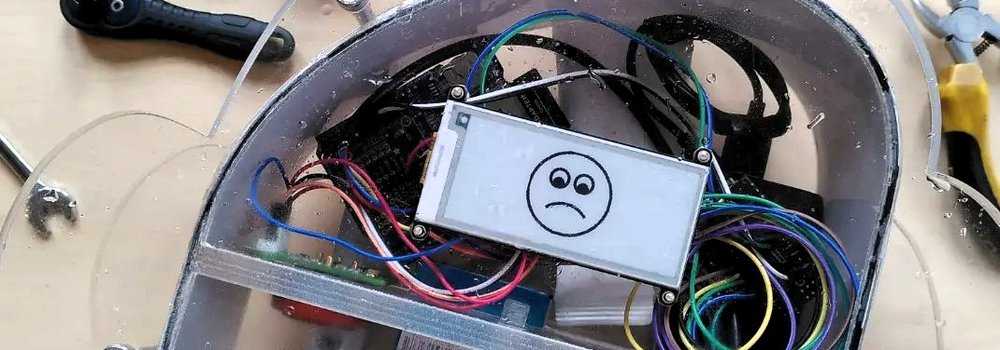For two months George Brock joined us to help get the SmogOff devices into the hands of users. This involved creating a user guide to allow for independent setup of the sensors, and improved troubleshooting through some updated error messages. To test out the usability of the device, we gave it to community members at Jubilee Wharf/Warehouse to use for their own purposes for a couple of weeks.
User Guide
It felt necessary to create a guide, helping the Jubilee Wharf users get to grips with the internal mechanisms needed to begin collecting data, which is now available online.
To improve usability, Dave also programmed several error messages for the screen to display, this helped create an alert for when data was not recording. A full list of the programmed errors can be found in the user guide.

Jubilee Wharf Testing
Jubilee Wharf and Warehouse are an amalgamation of professional studio/office spaces and residential properties alongside the busy Commercial Road in Penryn (Cornwall, UK). The property team placed the device at several locations around the buildings: outside the front of the properties, very close to the main road; by the Jumblies Nursery’s outdoor play area; and outside the Muddy Beach Café. The café and roadside locations recorded NO2 and Particulate Matter (PM2.5) during both morning and evening rush hour.
Code previously written by Antony Brown was used to visualise the data. George modified it to include the World Health Organisation’s (WHO) guideline levels for NO2 (25 µg/m3) and particulate matter (PM2.5) (15 µg/m3) across a 24-hour period as well as representing the mean level from the collected data. This was especially useful for the overnight data sets.

After the first set of tests, the Jubilee Wharf team asked to have the sensors back for more tests. George produced freely available data reports for the first and second set of tests, including caveats for how to interpret the data. The report for the second set of tests included basic weather information for each day the sensors had been out, since pollution tends to reduce when it is raining (known as 'wet deposition', essentially the air is cleaned by the water falling through it).
The user tests also provided an opportunity to get some helpful feedback, including improvements for:
- Replacing the batteries without having to dismantle the device.
- Alerts for low battery or a specific screen once the battery is flat.
- Separate display for warm-up period after device is switched on, this will reduce any confusion about when representative data is available, especially when it is placed in public locations.
- Security for leaving out for extended periods e.g. a security cable.
- Mounting system to reduce the use of zip ties.
We also noted that using the larger power cable has additional redundancy because data can still be recorded if the cable is loose, even if the screen is not functioning. Using the micro-USB cable results in complete power off if the screen is not powered.
We would be interested in getting the Smog Off out into the wider Cornwall community so please get in touch if you would like to test out the device in your area (for community/non-profit purposes only).

